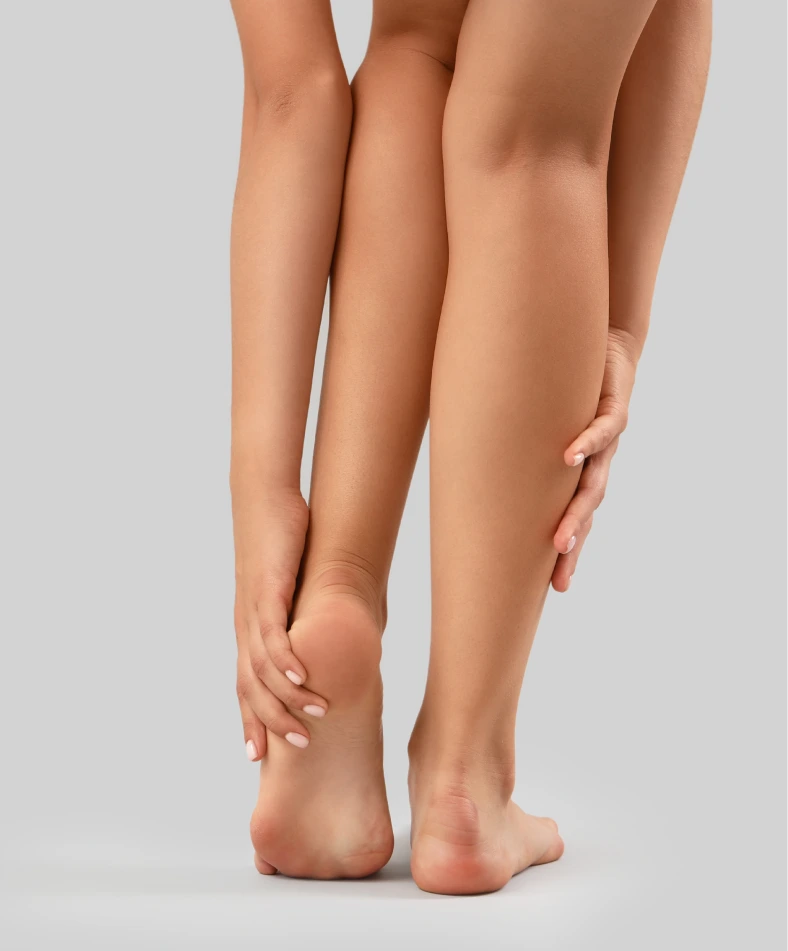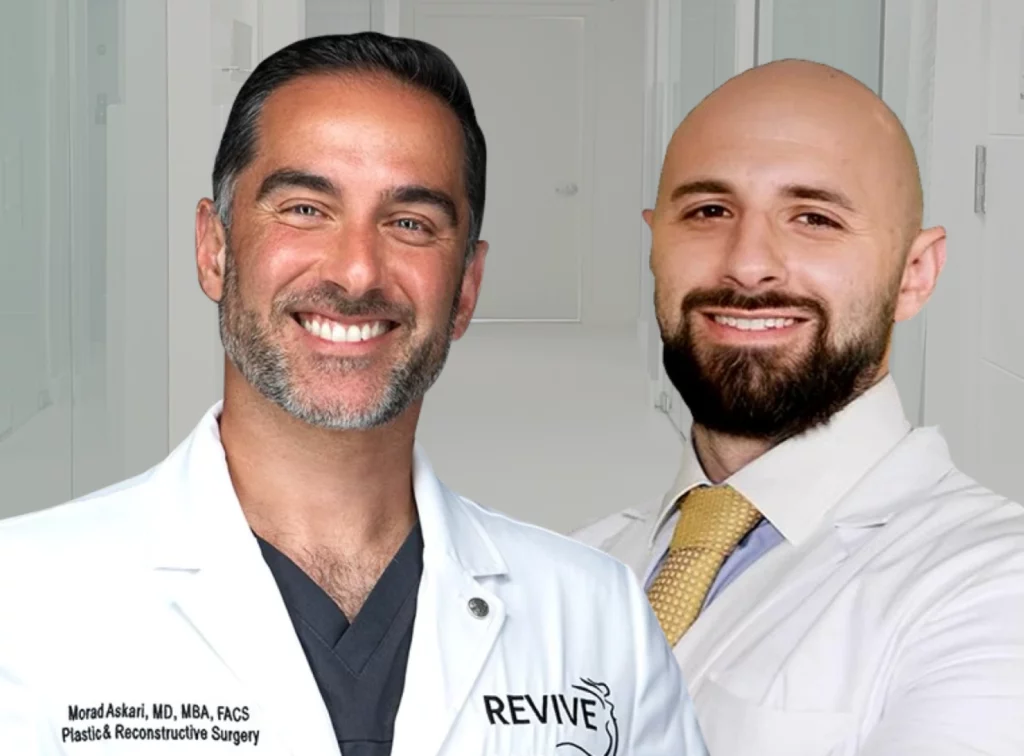Foot corn is a thick, hardened area of skin that develops on the feet due to repeated friction and pressure. Unlike calluses, which are broader and flatter, corns are smaller spots of dead skin with a dense center that usually has a cone-like shape pointing inward. These painful formations commonly appear on the tops and sides of toes, between toes, or on weight-bearing areas of the foot where there is constant bone pressure. While corn is a common condition affecting people of all ages, it is particularly prevalent among those who wear ill-fitting shoes or have certain foot deformities that create pressure points.
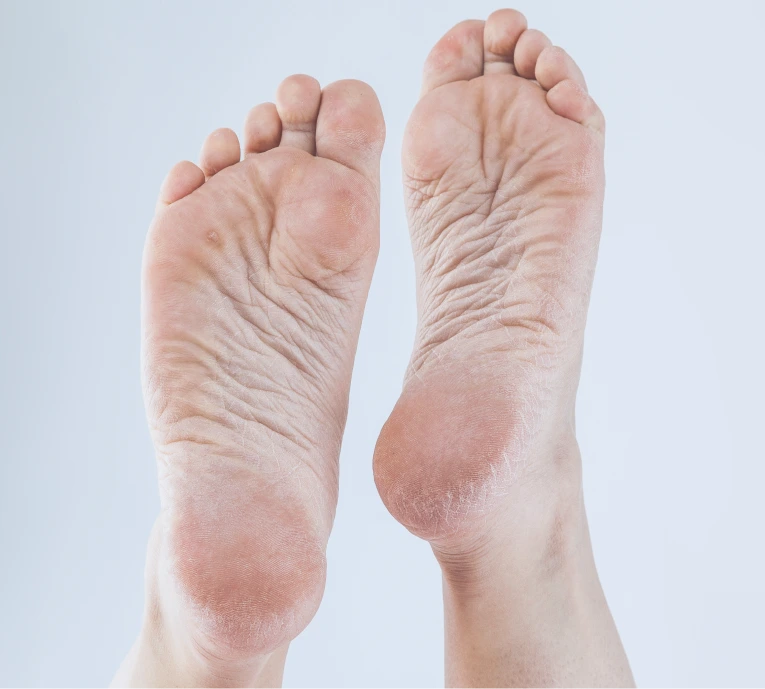
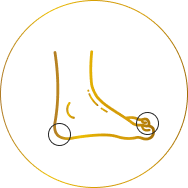
Hard corns are thick areas of skin that typically develop on the tops of toes or the sides of the feet due to repeated pressure and friction. They have a ... dense, compacted center surrounded by inflamed skin and are often painful when pressed. Hard corns are the most common among all types.
Read more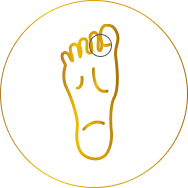
Soft corns develop between the toes, particularly the fourth and fifth, and have a whitish, rubbery appearance due to moisture absorption. Unlike ... hard corns, they stay mellow because of the dampness and can be particularly painful when walking. Soft corns are often caused by bone abnormalities that make toes rub against each other.
Read more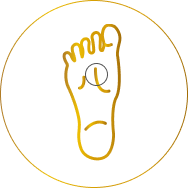
Seed corns are tiny formations that typically appear on the bottoms of the feet, often in clusters. They are usually caused by dry skin and poor foot ... mechanics. While seed corn may not be as painful as other types, it can lead to discomfort when walking. This condition is prevalent in people who spend significant time on their feet.
Read moreCorn Removal Surgery: When conservative treatments fail to provide relief, surgical removal of corns may be recommended. During this minimally invasive procedure, Dr. Oganesyan can also correct underlying foot deformities, such as hammertoes or bunions, that might be causing the corns to develop. He may also remove or reshape a bone spur and realign the toe.
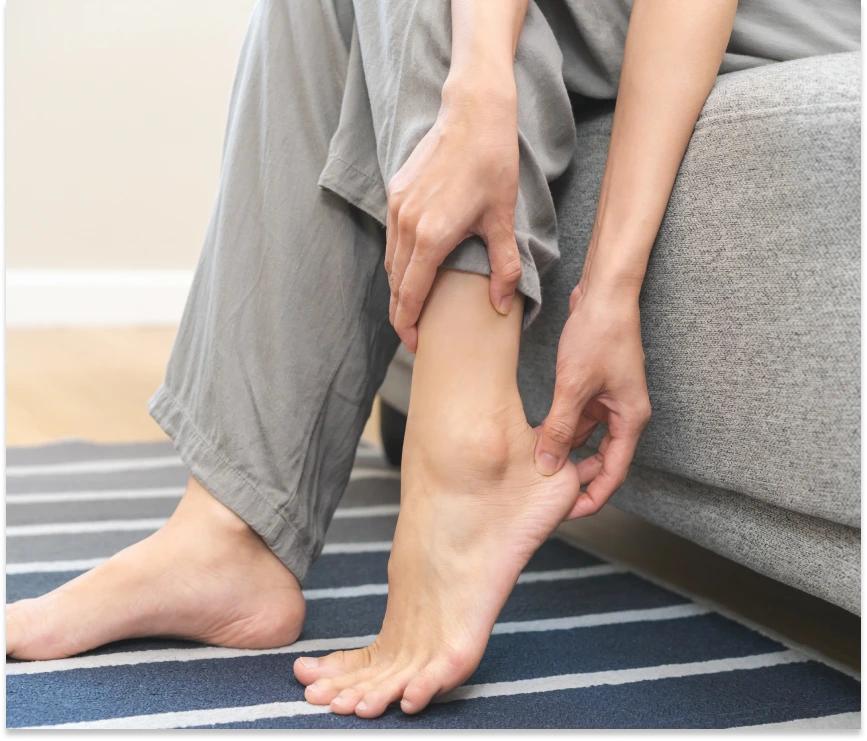
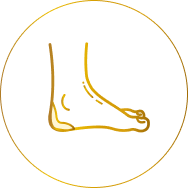
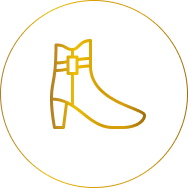
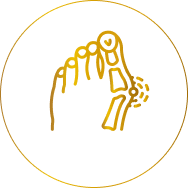
Individuals with foot deformities, such as hammertoes, bunions, or flat feet, are more susceptible to corns. These structural issues may lead to uneven foot pressure while walking or standing.

Athletes or those who engage in intense physical activities, such as running or walking long distances, often develop corns. They are susceptible to this condition due to the increased friction caused by a lot of movement.

Professional treatment is crucial in addressing the discomfort and complications caused by corns. By targeting the underlying cause of this condition, Dr. Oganesyan can offer many benefits for our patients:
